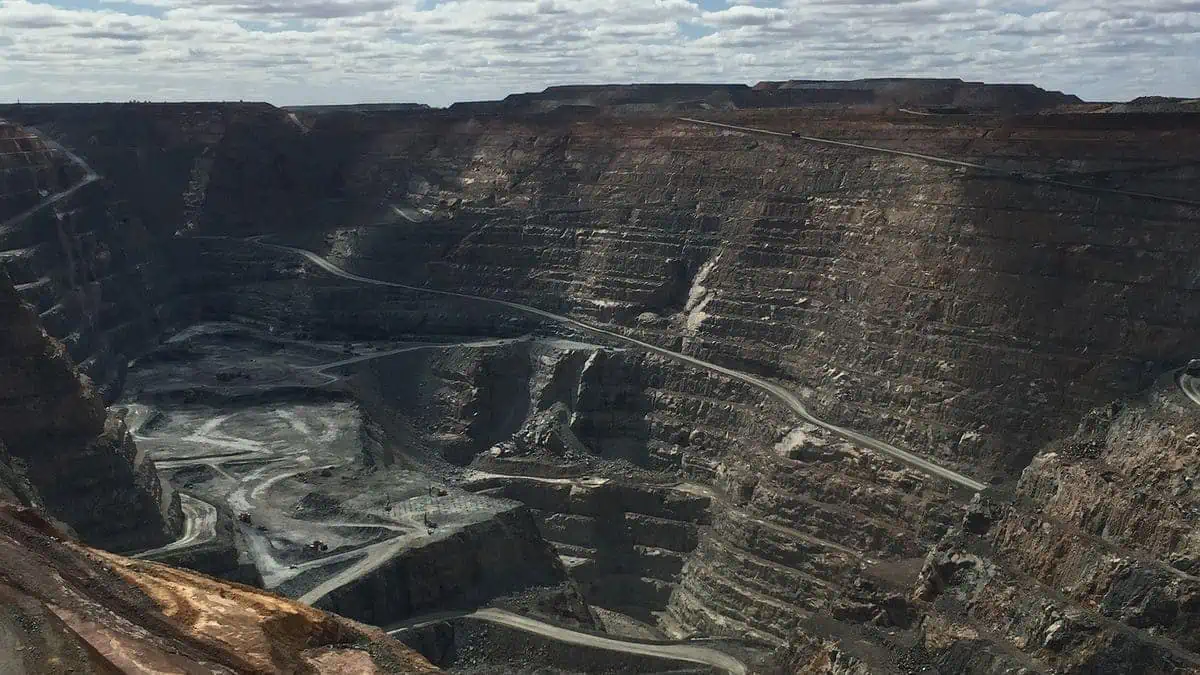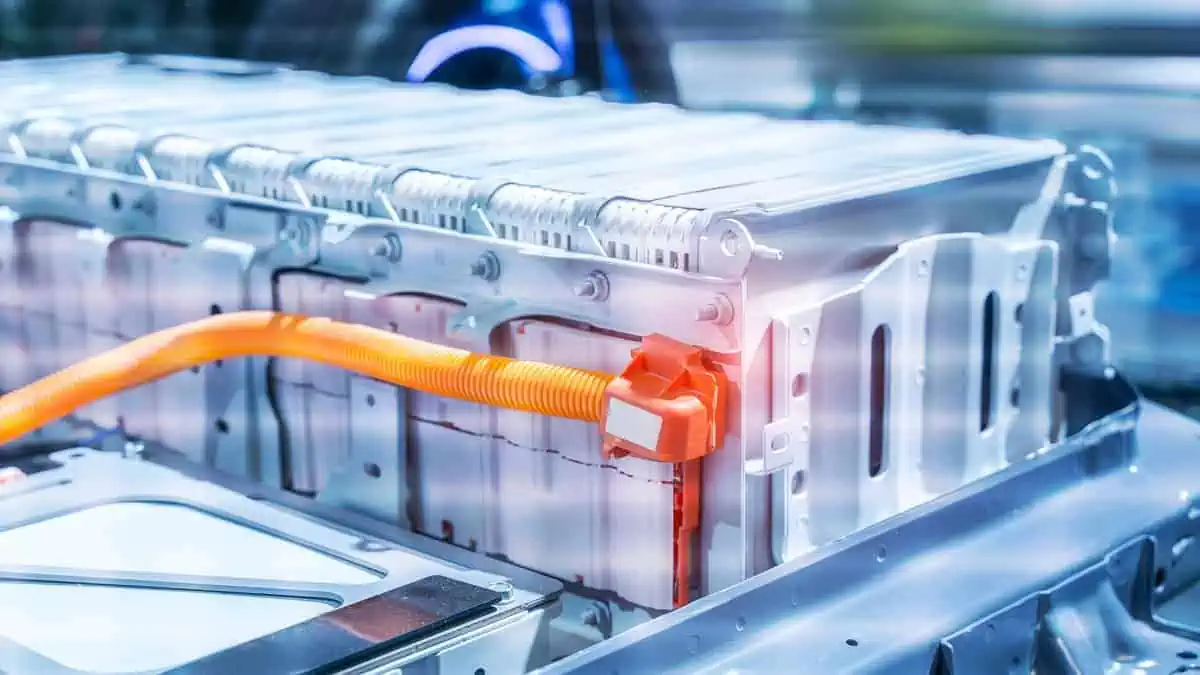The development of lithium battery technology in recent years has raised the demand for Lithium. However, many nations with the largest known reserves have not yet been able to successfully commercialize the resource on a large scale.
Global Lithium reserves
US Geological Survey (USGS) reveals that the world’s identified reserves total over 80 million tonnes as of 2019, up about 30% from the previous year.
Future of Lithium
The demand for Lithium remains tremendous due to the high demand for these batteries. In fact, the need for long-lasting rechargeable batteries has increased along with the sales of computers and mobile devices.
Notably, Lithium will benefit from the continued trend toward environmentally friendly products. Electric vehicles are anticipated to become more and more popular over the next years due to growing concerns about the pollution that fuel causes.
According to NS Energy, the energy revolution is predicted to hasten these manufacturing trends in the upcoming years, leading to increased interest in Lithium. Analysts predict that by 2024, worldwide demand will have more than doubled.
How is Lithium extracted
Based on the deposit type, Lithium can be extracted in various ways. Typically, it is either extracted from hard rocks of spodumene ore or by solar evaporation of large brine pools.
However, several cutting-edge technologies are being developed to create more innovative extraction methods.
Countries with the largest lithium reserves in the world
| Rank | Country | Lithium Reserves |
| 1 | Bolivia | 21 million tonnes |
| 2 | Argentina | 20 million tonnes |
| 3 | United States | 12 million tonnes |
| 4 | Chile | 11 million tonnes |
| 5 | Australia | 7.9 million tonnes |
| 6 | China | 6.8 million tonnes |
| 7 | India | 5.9 million tonnes |
| 8 | Germany | 3.2 million tonnes |
1. Bolivia – 21 million tonnes
The largest lithium reserves in the world are found in Bolivia. It holds one-third of South America’s “lithium triangle.” The nation is estimated to have 21 million tonnes or nearly one-fourth of the global resource. Notably, it includes the Salar de Uyuni salt flat, the single largest lithium deposit in the world.
However, these deposits have mostly remained untapped. Bolivia has faced technical, geographical, and political impediments that have stopped it from fully utilizing this enormous lithium reserve.
2. Argentina – 20 million tonnes
The second largest lithium reserves in the world are found in Argentina, with a total of over 20 million tonnes.
Notably, the Salar del Hombre Muerto salt flat is a significant lithium deposit in the nation. The method used to extract it involves the solar evaporation of brine pools found in these reserves’ huge salt flats.
In recent years, many businesses have expressed interest in funding Argentina’s lithium industry. Despite the extent of its reserves, the nation’s financial instability and difficulties in locating the necessary technical competence have slowed down development.
3. United States – 12 million tonnes
The fourth largest lithium reserves in the world are found in the United States, with a total of 12 million tonnes. However, there is not much production going on in the nation. In fact, Nevada’s brine-extraction project was the only active operation in 2019.
That said, lithium imports from Chile and Argentina account for most of the nation’s lithium demands.
Meanwhile, the country’s major lithium resources are
continental brines, geothermal brines, hectorite, oilfield brines, and pegmatites.
It is worth noting that Tesla CEO Elon Musk has hinted at plans to start a lithium-mining operation on US territory in the latter half of 2020. The automaker works to establish a domestic supply chain for the batteries used in its vehicles
4. Chile – 11 million tonnes
Lithium deposits in Chile total about 11 million tonnes. Chile has established a thriving mining business for the said metal. Its mine reserves, which amounted to 8.6 million tonnes, ranked among the highest in the entire globe in 2019.
The primary resource for the nation is the Salar de Atacama salt flat. The best lithium mining companies in the world, such as the US-based Albermarle and Chile’s SQM, have established operations there.
With a national output of 18,000 tonnes, Chile has been acknowledged as the second-largest lithium producer in the world.
5. Australia – 7.9 million tonnes
The fifth-largest lithium reserves in the world are found in Australia, with a total of 7.9 million tonnes.
Interestingly, it was the largest lithium producer in the world in 2019. The nation’s mine production totaled 42,000 tonnes, significantly more than Chile, which came in second with 18,000 tonnes.
Meanwhile, Spodumene hardrock mining accounts for the majority of the nation’s lithium extraction. For those who are unaware, it is an ore that is rich in aluminum and lithium. It is also worth noting that the largest lithium extraction project in the world is said to be the Greenbushes lithium mine in Western Australia. It is a joint venture between Albermarle and China’s Tianqi Lithium.
6. China – 6.8 million tonnes
The sixth largest lithium reserves in the world are found in China, with a total of 6.8 million tonnes. Remarkably, the nation produced 7,500 tonnes of the metal in 2019, which ranked third globally.
The country has an enormous demand for consumer electronics and EV batteries, making it the world’s largest consumer of lithium. BloombergNEF data suggests that China holds 80% of the world’s raw material refining, 77% of the world’s cell capacity, and 60% of the world’s component production in the lithium-ion battery supply chain.
It has been necessary for China to import a lot of lithium to augment domestic production, considering the country’s high rate of consumption. Notably, these are primarily sourced from Australian businesses.
Countries with the largest lithium production in the world
| Rank | Country | Lithium Production |
| 1 | Australia | 55,000 MT |
| 2 | Chile | 26,000 MT |
| 3 | China | 14,000 MT |
| 4 | Argentina | 6,200 MT |
| 5 | Brazil | 1,500 MT |
| 6 | Zimbabwe | 1,200 MT |
| 7 | Portugal | 900 MT |
| 8 | USA | 900 MT |
Top lithium-producing companies
| Rank | Company | Country | Market Cap (in billions $) |
| 1 | Albemarle | USA | 33.9 |
| 2 | SQM (Sociedad Química y Minera de Chile) | Chile | 29.6 |
| 3 | Tianqi Lithium | China | 25.0 |
| 4 | Ganfeng Lithium | China | 22.9 |
| 5 | Mineral Resources Ltd. | Australia | 9.4 |
| 6 | Pilbara Minerals | Australia | 8.6 |
| 7 | Allkem | Australia | 6.5 |
| 8 | Livent | USA | 6.2 |
| 9 | Sichuan Yahua Industrial | China | 4.8 |
| 10 | Lithium Americas | USA | 4.2 |
The Albemarle Corporation is the biggest lithium producer in the world, with $33.9 billion in market cap. It works at the Salar de Atacama deposit in Chile in collaboration with Sociedad Qumica y Minera de Chile (the second-largest producer).
It is worth noting that the Salar de Atacama has contained over a quarter of the world’s current lithium supply since the 1980s. Furthermore, Australian and Nevadan assets belong to Albemarle. The sole source of lithium production in the US is its Clayton Valley facility.
On the other hand, three Chinese businesses are also among the top producers of lithium. The Tianqi Lithium, with a $25.0 billion market cap, owns a large stake in Greenbushes, the largest hard-rock lithium mine in the world in Australia. The other two Chinese businesses are Ganfeng Lithium, with a $22.9 billion market cap, and the Sichuan Yahua Industrial, with a $4.8 billion market cap.
It is a crucial element in lithium batteries and is a necessary mineral for electric vehicles. Over the past years, there has been an increase in lithium output. Lithium is primarily used in batteries, although it is also used in the glass and ceramics industries. The daily lives of many individuals depend on it as well.






